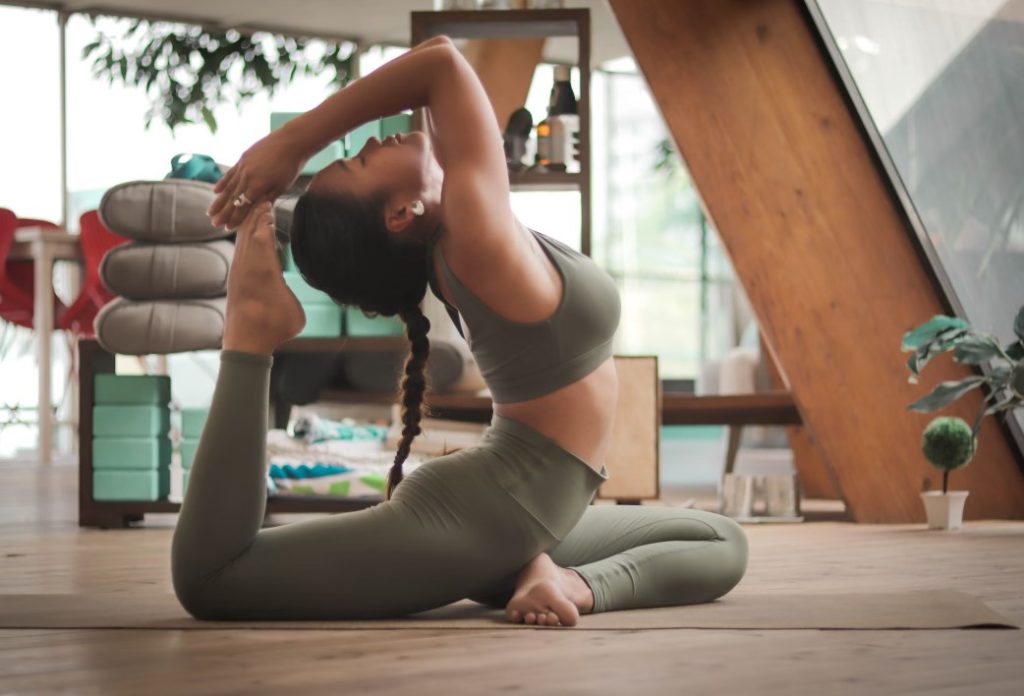Crafting the Ideal Gymnastics Routine: How Choreography Brings It All Together

Gymnastics routines appear effortless, but they require meticulous choreography to build seamlessly. This article will explore the vital role that choreography plays in constructing an elite gymnastics routine, from developing the overall layout to stringing together individual skills. Careful choreography is essential for gymnasts to execute routines that are both technically precise and artistically captivating.
Developing the Routine’s Structure
The first key task of choreography is mapping out the overall structure and order of skills in a routine. Gymnastics routines for competition must meet specific requirements in terms of elements included and order of events. For example, a Women’s Artistic Gymnastics floor routine must contain dance and acrobatic elements and finish with a tumbling pass. Within these rules, choreographers must strategically order skills to create flow, highlight gymnasts’ strengths, meet difficulty requirements, and allow time to transition between elements. Deciding the layout and progression of the routine is crucial to building a cohesive performance.
| Event | Required Elements |
|---|---|
| Women’s Floor Exercise | Dance and acrobatic skills, finish with tumbling pass |
| Men’s Pommel Horse | Circles and flairs on each part of horse |
| Women’s Balance Beam | Acrobatic and dance elements, turns, leaps |
Linking Skills with Artistry
While gymnastics routines must contain required elements, the mark of great choreography is seamlessly connecting skills with artistry. Choreographers intersperse acrobatic skills with dance and expressive movements that enhance the routine. For instance, a gymnast may fluidly transition from a tumbling pass into an elegant ballet sequence on floor exercise. This not only showcases gymnasts’ athletic abilities, but also their flexibility, balance, and aesthetic sensibilities. Artistry requires emotional engagement from gymnasts to perform with energy and grace. By blending skills and creative choreography, routines become more than a series of disconnected tricks.
Maximizing Difficulty Levels
A driving purpose of choreography is to maximize a routine’s difficulty score. Gymnastics skills have assigned difficulty values, so choreographers aim to pack routines with the most challenging elements a gymnast can consistently perform. This requires choreographing skill combinations that flow naturally while pushing technical boundaries. For instance, a choreographer may plan a tumbling pass that incrementally increases in difficulty, building up to the gymnast’s most advanced skill. Strategic choreography enables gymnasts to highlight their strengths and execute advanced skills for higher scores.
Allowing Time for Transitions
An underappreciated aspect of choreography is building in sufficient time between skills for gymnasts to transition smoothly. It is relatively easy to string difficult skills together on paper. However, gymnasts need a reasonable window to move between elements during a routine. For example, a choreographer will ensure there are at least two dance moves between two challenging tumbling passes to give the gymnast time to re-orient their body and momentum. Without this consideration, routines may look disjointed or force gymnasts into awkward pauses. Factor in time for musicality and artistry as well. Careful choreography provides the map for seamless, flowing routines.
In the choreography stage, leaving gaps for transitions ensures routines have the necessary musicality and fluidity when performed at full speed. This level of advance planning is essential for excellence.
Performing with Precision
Even with meticulous choreography, a routine is only as strong as its execution. Gymnasts must perform each skill with precision and hit their choreography marks exactly. Fully realizing the vision of a routine requires gymnasts to have consistency in their technique, timing, and spatial awareness. Judges will deduct points if gymnasts are even slightly off their choreographic marks. With relentless practice and discipline, gymnasts can translate immaculate choreography into flawless performances. The pinnacle of the sport is when deeply-ingrained choreography and razor-sharp execution unite to create a mesmerizing routine.
To sum it up, creating an elite gymnastics routine is akin to putting together a complex puzzle. Every skill must perfectly fit together within the rules to form a visually stunning big picture. This is only achievable through detail-oriented choreography that maps out every nuance, from overarching structure to individual transitions. With clever choreography and fearless execution, gymnasts turn raw athleticism into sport as art. The choreography behind a routine may be invisible to spectators, but it provides the indispensable foundation necessary for gymnasts to soar.